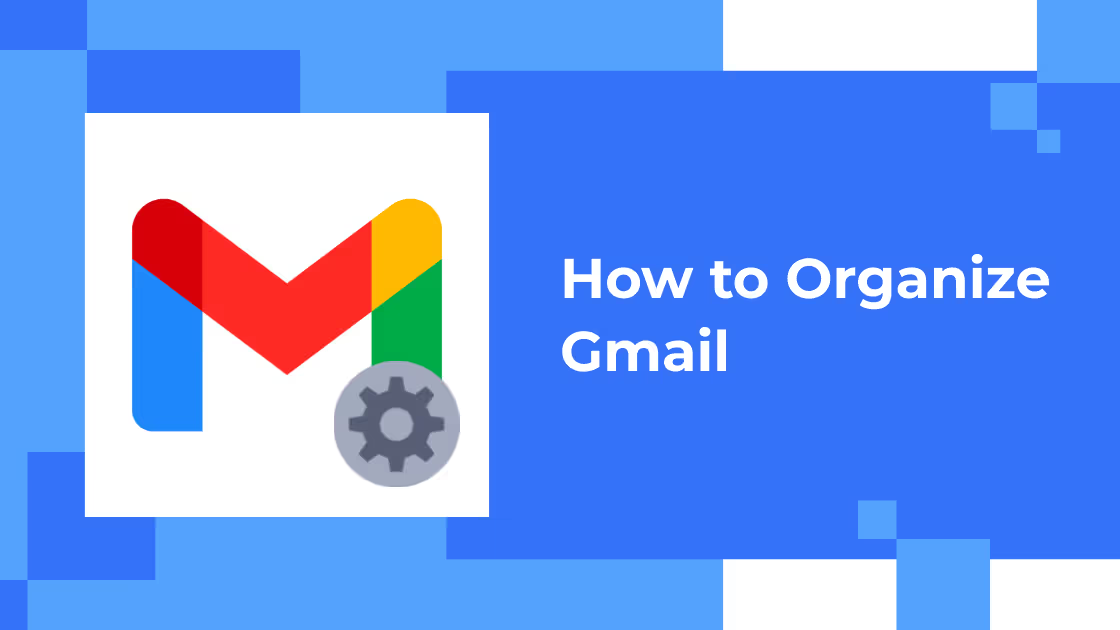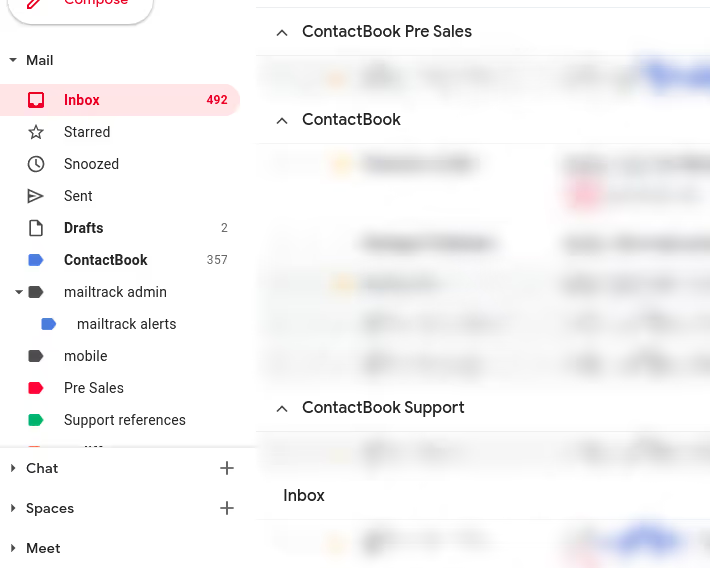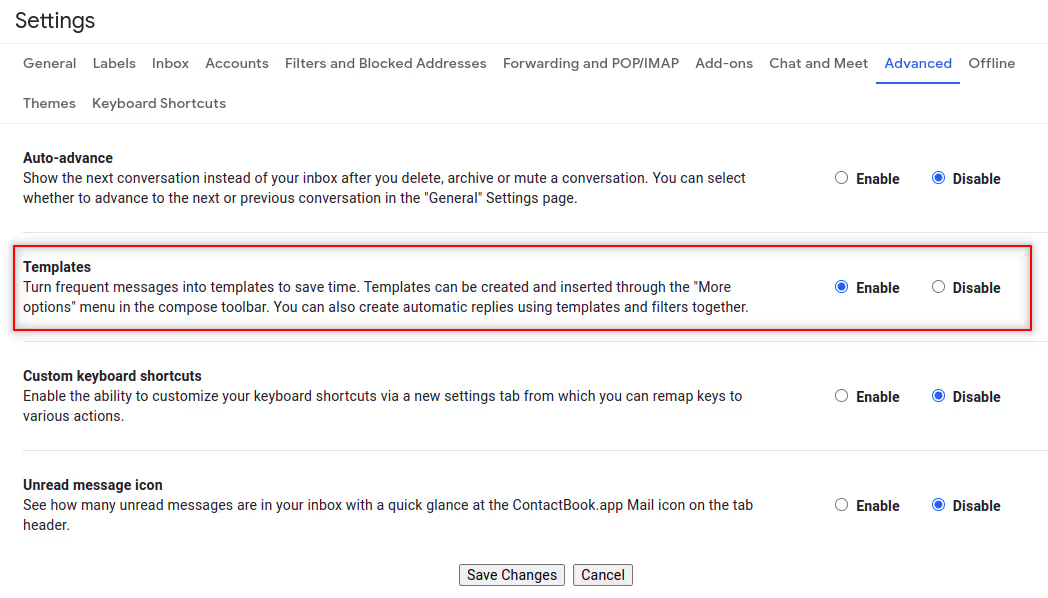How to Organize Gmail


We all waste time, but research has shown that some of us waste time in more effective ways than others do. Some employees take “breaks” because they think these breaks actually improve their productivity, while others take breaks because they are bored. Yet only 13% of people believe that breaks actually decrease their productivity.
The study also found that at the most productive times of the week and day, most workers were between 40 and 49 years old; on the other hand, the least productive times of the week and day were between 20 and 29 years old.
The amount of time you spend checking, reading, and responding to email is likely in "hours" rather than "minutes." Research shows that a typical professional receives 121 emails per day. It's very easy to get overwhelmed by your inbox when it holds that many messages. For most people, the amount of time they spend reading and responding to email cuts into their workweek--by as much as 28 percent.
Email can easily cause stress and anxiety for many, which can negatively impact one's productivity at work. Fortunately for busy professionals like you, there are lots of things you can do to help manage your inbox more efficiently.
How to organize your gmail?
Learn organizing your email so that you spend less time in your inbox and more time on actual work can be helpful for productivity. Here are some ways to do this.
Move relevant emails to top
If you want to be able to find emails easily, it is better to move important email messages and those that are marked as such to the top of your inbox. You can use the Move To feature in Gmail to do this.
Gmail offers you five options to organize your inbox.
Go to your settings (the gear icon at the top)
Click the dropdown next to the inbox type.
Settings

What does each of them do?
Default: It shows the emails in the order that they came in — the layout we see every day.
Important first: Gmail sorts incoming emails into several different categories, automatically flagging those it deems important and placing them at the top of a user's inbox. Everything else is sorted below.
Unread first: This setting places unread email messages above recent messages on the Inbox screen. Such a layout is helpful when you use the read/unread status indicator as a to-do list.
Starred first: People use starred messages for the highest priority tasks, like replying to a major client or scheduling an important meeting.
Priority Inbox: Gmail uses artificial intelligence to sort messages into categories and predict which ones you would like to see first. This is particularly helpful for people who deal with large volumes of email every day.

Don’t write mails for internal conversations
The way all of us use email—sending message after message for tasks that could be accomplished otherwise—can be very disruptive to the flow of our work and the communication within our teams.
If a topic has many aspects that need to be explained or discussed, take it to a face-to-face meeting. If you have to cancel or reschedule such a meeting, inform the other person (or people) in person or by phone.
If you can’t find another way to handle the situation, use email notes. Notes are messages we can write and attach to an email thread; unlike Slack or hangouts, notes appear right alongside the conversation in question and only require your recipients to click on the email in order to open your note.
Experiment with Gmail advanced
If you are new to Gmail Advance (formerly Labs), the first thing you need to know is that it is a testing ground for Google. The successful ones go on to become standard Gmail capabilities, while others might get shelved — but it’s definitely worth giving a shot.
Some of the useful features here are Multiple Inboxes and the ability to filter emails by type, topic, or personal preference. You can have emails from a particular sender, or emails that bear a certain label appear in a separate mailbox.
For example, you can add labels such as needs response, and project backlog — all the emails with a particular label appears in the respective inbox.
Star important messages
Gmail tries to determine which emails are most important to you by using markers called Importance Markers. These markers are visible by a yellow arrow next to the star on the left-hand side of the message. A message marked “Important” according to our magic sauce is not given an Importance Marker because, often, this information is not visible in Gmail.
However, manually adding or removing Importance Markers helps email software learn which messages you deem important and why. One way for this is by tagging important messages yourself; another way is by starring your emails.
In Gmail, starring messages is comparable to adding an Importance Marker since it sorts them together under the Starred section in your inbox, whereas marking emails in a thread as important only helps Gmail recognize that they form a relevant thread—therefore, it is not necessary to mark individual messages as important. We recommend using either method so that you can tag more relevant messages and search for them faster in the future.
Unsend the emails that are sent
The Undo Send feature is a useful tool for avoiding embarrassment. If you have ever sent an email to an unintended recipient or made a typo in an email, you're no stranger to the unfortunate embarrassment caused by your gaffe.
Fortunately, Gmail allows users to “unsend” emails within 30 seconds after they've been sent. To enable this option, users must go to the General tab in their Gmail settings and select Enable Undo Send.

Once enabled, users have between five and 30 seconds to “unsend” their email and take steps to correct their errors.
Canned Responses
To save time, you can use a canned response that is a pre-set message to respond quickly to your emails.
Blogger Ryan Robinson uses this feature when he gets similar questions from his followers. He sends them useful information, links to resources on his site, and links to guides related to what they have asked him. You can enable templates from the ‘Advanced’ tab in Gmail settings.

Snooze emails for later
You can now snooze emails in Gmail. This means you can remove a message from your Inbox but still have it appear when you want to take action on it. For example, you might snooze an email you need to reply to later. Just click the Snooze button in the message, and choose when you’d like to see it again.

When that time is up, the message will reappear in your Inbox so you can take action on it.
Save Photos to Google Photos directly
Google Photos has integrated with Gmail to streamline photo sharing. Users no longer have to download the attachment then upload it into Google Photos—Gmail users now have direct access to Google Photos through a “Save to Photos” icon.
Confidential Mode
Using the Confidential feature, you can prevent recipients from forwarding, copying, printing, or downloading your email messages. Setting an expiration date and passcode allows you to protect specific emails from unauthorized access. To use the Confidential feature, create an email and click on the clock icon for instructions.

Label your emails
Another way to keep your inbox organized is to create filters that automatically assign certain emails to specific labels in your Gmail account. Adding filters will allow you to focus on emails related to the current task at hand, as you can label “important” or “unread” emails and then focus on them during set times of day.
Once you’re in the Filters page of Settings within Gmail, click on the checkbox next to “apply a label”, choose the label you want from the drop-down menu, and click “Create filter with this search.”
Conclusion
A well-organized Gmail inbox can make a world of difference in your productivity and efficiency. By following the tips in this article, you can quickly get your inbox under control and start reaping the benefits of a more organized email life. So what are you waiting for? Get started today and see how much easier it is to stay on top of your email when everything is neatly in its place.



.png)










